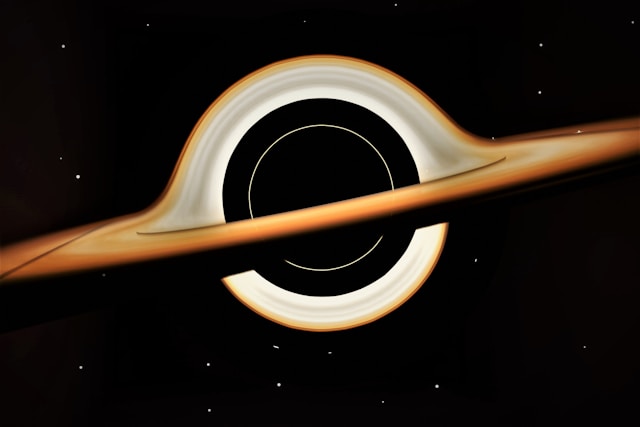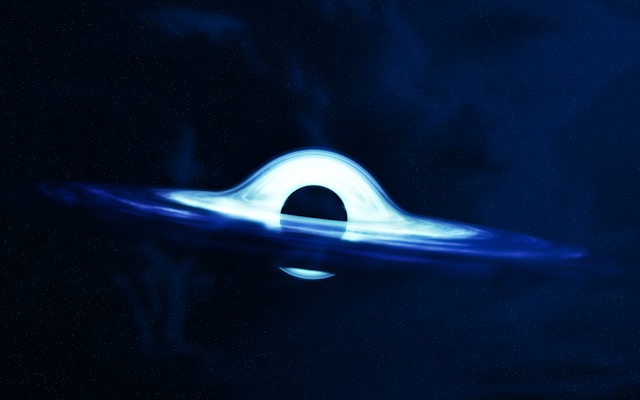What’s a Black Hole?

Black holes are among the most fascinating and mysterious objects in the macrocosm. These elysian marvels prisoner the imagination of scientists and laypeople likewise. But what exactly is a black hole? In this blog post, we will explore the nature of black holes, how they form, and their significance in the macrocosm, using SEO-friendly keywords to insure maximum visibility.

1. Understanding Black Holes
description of a Black Hole A black hole is a region in space where the gravitational pull is so violent that nothing, not indeed light, can escape from it. This miracle occurs because a significant quantum of mass is concentrated in a veritably small area, leading to a gravitational field that warps space and time around it.
2. conformation of Black Holes
Black holes are generally formed when massive stars collapse under their own graveness at the end of their life cycles. Then are the main types of black holes grounded on their conformation
3. Astral Black Holes
Astral black holes are formed from the remnants of massive stars that have experienced winner explosions. When the core of such a star collapses, it can form a black hole if it’s above a certain mass threshold.
4. Supermassive Black Holes
Supermassive black holes, millions to billions of times the mass of our Sun, are set up at the centers of utmost worlds, including our Milky Way. Their conformation is still a content of exploration, but they may grow by incorporating with other black holes and by accumulating mass from their surroundings.
5. Early Black Holes
Early black holes are academic black holes that are believed to have formed in the early macrocosm, soon after the Big Bang. They would have began from high- viscosity oscillations in the youthful macrocosm.
The deconstruction of a Black Hole
6.Event Horizon
The event horizon is the boundary girding a black hole beyond which no information or matter can escape. It’s frequently appertained to as the” point of no return.” 9. oddity At the veritably center of a black hole lies the oddity, where the curve of space- time becomes horizonless and the laws of drugs as we know them cease to apply. This is where the black hole’s mass is allowed to be concentrated.
7. Accretion Disk
The accretion fragment is a structure formed by matter twisting into a black hole. This matter heats up due to disunion and emits radiation, which can be detected by astronomers.
The goods of Black Holes
8.Gravitational Lensing
One of the most fascinating goods of black holes is gravitational lensing. The violent gravitational field of a black hole can bend light from objects behind it, creating distorted, magnified, or multiple images of those objects.
9. Time Dilation
According to Einstein’s proposition of general reciprocity, time passes more sluggishly in strong gravitational fields. Near a black hole, time dilation becomes extreme, meaning that time for an bystander close to the black hole would appear to pass much more sluggishly compared to an bystander far down.
10. Peddling Radiation
Stephen Hawking theorized that black holes could emit radiation due to amount goods near the event horizon. This radiation, known as Peddling radiation, implies that black holes could ultimately dematerialize over incredibly long timescales.
11.Black Holes in Popular Culture and Research
Black Holes in pictures and Books Black holes have been a popular subject in wisdom fabrication, frequently depicted as doors to other confines or as destructive cosmic vacuum cleansers. flicks like” Astral” and books like Stephen Hawking’s” A detail History of Time” have vulgarized black holes and brought them into mainstream culture.
12. Ongoing Research
Research on black holes is ongoing, with scientists using advanced telescopes and sensors to study these enigmatic objects. The Event Horizon Telescope’s first image of a black hole’s event horizon, released in 2019, marked a significant corner in our understanding of these marvels.
Conclusion
Black holes are extraordinary objects that challenge our understanding of drugs and the macrocosm. From their conformation to their extreme goods on space- time, black holes continue to be a major focus of astronomical exploration and popular seductiveness. By studying black holes, scientists hope to unleash deeper secrets about the nature of the macrocosm and the abecedarian laws that govern it.